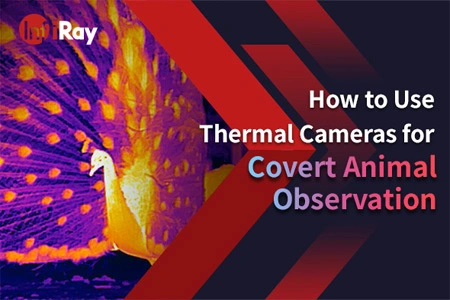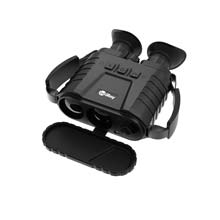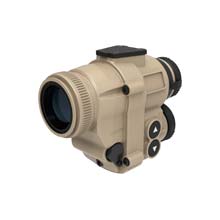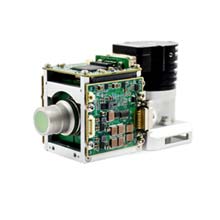Night Vision Thermal Security Camera Complements Overall Security Program
Infrared night vision camera is a shooting and beautifying mobile phone software that simulates the effect of a live night vision viewfinder. Note that the quality of the effect is only a simulation depending on the quality of the camera on the phone. True night vision is impossible due to the IR filter installed on your phone's camera lens.
1. Night vision thermal security cameras can avoid whitening
Now, if you've deployed an IR camera in the past, you've likely encountered the unfortunate "whitening" effect, where the camera's IR overilluminates objects to the point where they're no longer clearly discernible. This can happen when an object is too close to the camera. To avoid this pitfall, look for cameras with night vision infrared camera or built-in LED that automatically adjust to compensate for the distance of the object to ensure proper exposure. When approaching the camera, the camera LED on the left illuminates the face, making it difficult to see facial features. However, with an infrared night vision camera, the illumination is more uniform and the overall image quality is better.
Infrared night vision cameras reduce the "whitening" effect by automatically adjusting the light to provide consistent illumination, no matter how far the object is from the infrared night vision camera. This is especially useful if you're monitoring a small indoor space, where objects or people can get close to the camera. (Important: IR night vision cameras are not helpful when monitoring larger spaces like stadiums or parking lots. In these cases, IR only is recommended).
2. Safe night vision thermal security camera
All in all, an infrared night vision camera can be a great addition to your overall security program, but it's important to know what type of camera you need and when to use an infrared night vision camera.
Consider your application: Do you need indoor or outdoor night monitoring? How large is your surveillance coverage? Make sure to choose a camera that is built for your specific application and has the lens or zoom capabilities you need.
Customize IR to your needs: Use an IR night vision camera for nighttime coverage in smaller indoor areas. Turn off IR night vision camera and use IR only in larger areas like parking lots and stadiums.
Consider the lighting distance: Check the technical specifications of the infrared night vision camera to make sure its infrared capabilities can cover the distance you need. If desired, consider adding a separate infrared beam to supplement nighttime lighting.

















